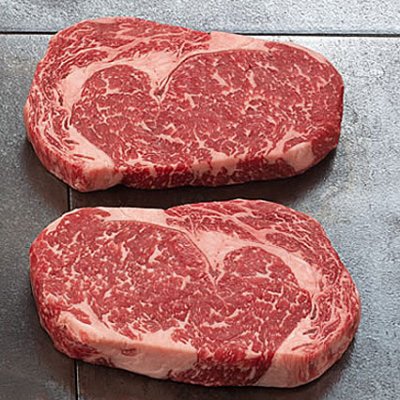TromboneAl
Give me a museum and I'll fill it. (Picasso) Give me a forum ...
- Joined
- Jun 30, 2006
- Messages
- 12,880
I haven't had good results with meat tenderizer in the past, but Lena and I recently had a NY strip steak at a restaurant that was much better than the ones we have at home. The waitress told me that they use tenderizer.
We've been eating a lot of rib-eye steaks and filet mignon, but even on sale, those pretty pricey.
So I got a Petit Sirloin value pack at only $2.99 and pound, and sprinkled both sides with McCormick "unseasoned" (salt and glucose as first ingredients) tenderizer about 2 hours before cooking. The result was excellent, and the freezer is now full of these steaks.
We've been eating a lot of rib-eye steaks and filet mignon, but even on sale, those pretty pricey.
So I got a Petit Sirloin value pack at only $2.99 and pound, and sprinkled both sides with McCormick "unseasoned" (salt and glucose as first ingredients) tenderizer about 2 hours before cooking. The result was excellent, and the freezer is now full of these steaks.

